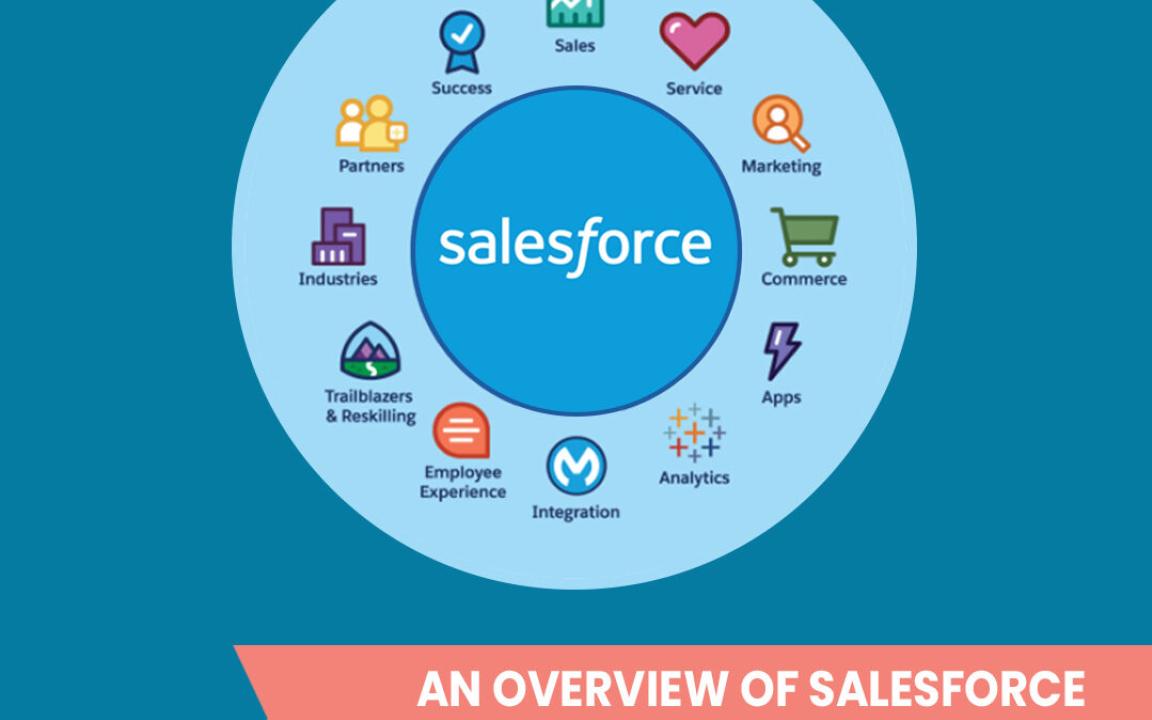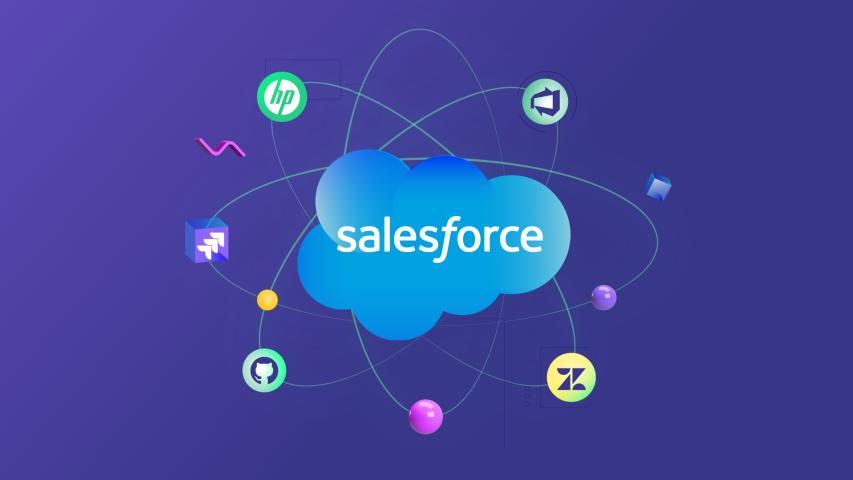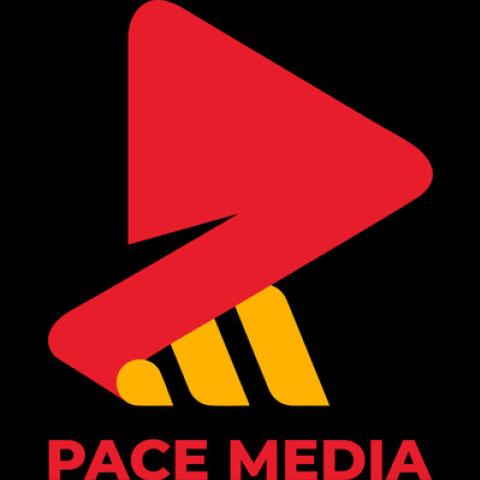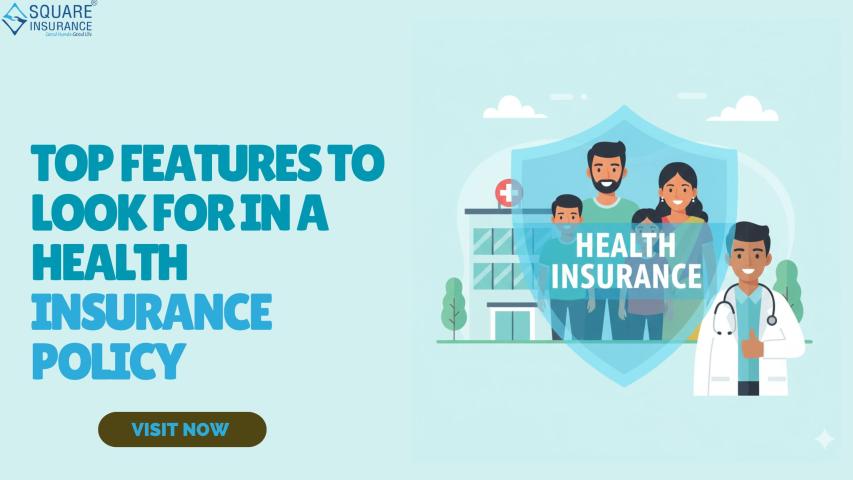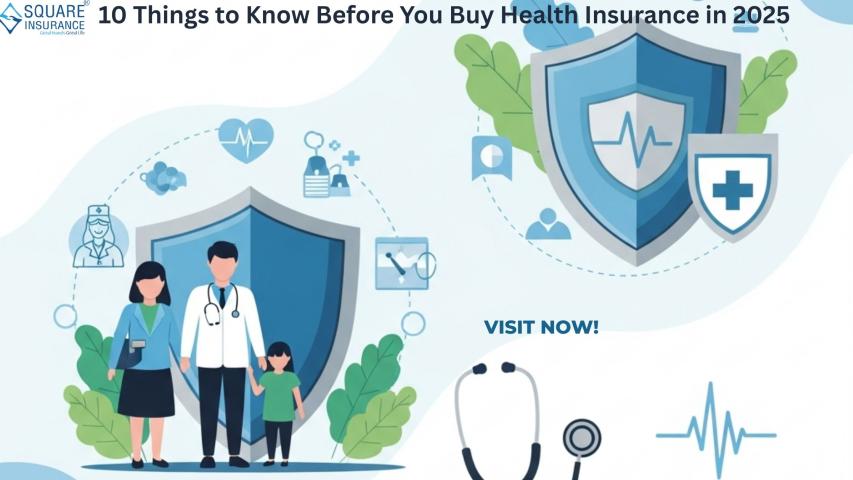The healthcare landscape in the United States is undergoing a profound transformation in 2025, fueled by technological advancements, regulatory shifts, and an increasing emphasis on patient-centric care. Salesforce Health Cloud, a specialized CRM platform tailored for healthcare, has emerged as a cornerstone for providers, payers, and life sciences organizations aiming to navigate this dynamic environment. With the U.S. healthcare cloud computing market projected to grow at a CAGR of 18.7% through 2029, Health Cloud implementations are booming. This article explores the key drivers behind this surge, the unique aspects of implementing Health Cloud in the U.S., and how organizations can capitalize on this trend to enhance care delivery and operational efficiency.
The Rising Demand for Salesforce Health Cloud in the USA
Salesforce Health Cloud’s HIPAA-compliant platform integrates patient data from electronic health records (EHRs), wearables, and other sources to deliver a unified view of patients, streamline workflows, and enhance care coordination. Its adoption is accelerating in the U.S. due to its ability to address critical healthcare challenges. Below are the primary factors driving the 2025 boom.
1. Shift to Value-Based Care
The U.S. healthcare system is increasingly moving toward value-based care (VBC), where reimbursement is tied to patient outcomes rather than service volume. The Centers for Medicare & Medicaid Services (CMS) has set ambitious goals, aiming for 100% of Medicare beneficiaries to be in value-based payment models by 2030. Health Cloud supports VBC by:
- Tracking Patient Outcomes: Its Care Plans feature enables providers to monitor progress against personalized goals, ensuring alignment with quality metrics like HEDIS and STAR ratings.
- Population Health Management: Einstein Analytics identifies high-risk patients and care gaps, enabling proactive interventions that reduce costs and readmissions.
- Data Integration: Seamless interoperability with EHRs like Epic and Cerner ensures comprehensive data to support outcome-based reimbursements.
2. Regulatory Compliance and Interoperability Mandates
The 21st Century Cures Act and CMS Interoperability and Patient Access Rule mandate secure, standardized data exchange between healthcare systems. Health Cloud’s robust integration capabilities, including support for FHIR (Fast Healthcare Interoperability Resources) standards, make it a go-to solution for compliance. In 2025, U.S. healthcare organizations face penalties for non-compliance, driving adoption of platforms like Health Cloud that:
- Facilitate bidirectional data flow with EHRs and health information exchanges (HIEs).
- Ensure HIPAA-compliant data security through encryption and role-based access controls.
- Enable patients to access their health data via integrated portals, aligning with CMS patient access requirements.
3. Patient Expectations for Personalized Care
U.S. patients in 2025 expect healthcare experiences akin to those in consumer industries, demanding personalized, accessible, and convenient services. Health Cloud empowers organizations to meet these expectations by:
- Providing a 360-Degree Patient View: Consolidating clinical and non-clinical data (e.g., social determinants, preferences) into a single profile.
- Enhancing Engagement: Features like secure messaging, appointment scheduling, and patient portals improve communication and satisfaction.
- Leveraging Wearables: Integration with devices like Fitbit or Apple Watch provides real-time health data, enabling tailored care plans.
4. AI and Automation Advancements
The integration of AI and automation in Health Cloud is a game-changer for U.S. healthcare. In 2025, Salesforce’s Agentforce and Einstein Analytics are driving efficiency and innovation by:
- Automating Routine Tasks: Agentforce, Salesforce’s autonomous AI agent platform, handles tasks like patient outreach, scheduling, and follow-ups, reducing administrative burden.
- Predictive Analytics: Einstein identifies at-risk patients, predicts readmission risks, and optimizes care pathways, aligning with population health goals.
- Personalized Interventions: Generative AI tailors care plans and communication strategies, enhancing patient adherence and outcomes.
5. Post-Pandemic Digital Transformation
The COVID-19 pandemic accelerated digital adoption in U.S. healthcare, and the momentum continues in 2025. Health Cloud’s cloud-based architecture supports remote care, telehealth integration, and scalable operations, making it ideal for organizations modernizing their infrastructure. The platform’s ability to integrate with telehealth solutions like Zoom or Doxy.me addresses the sustained demand for virtual care, with 25% of outpatient visits expected to remain virtual in 2025.
6. Competitive Pressure and Market Consolidation
The U.S. healthcare market is highly competitive, with mergers and acquisitions reshaping the landscape. Large health systems and payers are consolidating to achieve economies of scale, driving demand for platforms like Health Cloud that unify disparate systems and streamline operations. Its scalability and AppExchange ecosystem allow organizations to customize solutions for diverse needs, from oncology care to chronic disease management.
Unique Considerations for U.S. Implementations
Implementing Health Cloud in the U.S. requires addressing specific regulatory, cultural, and operational factors:
- HIPAA Compliance: Strict adherence to HIPAA is non-negotiable. Health Cloud’s out-of-the-box security features, like field-level encryption and audit trails, must be configured to meet U.S. standards.
- State-Specific Regulations: Variations in state laws (e.g., California’s CCPA for data privacy) require localized configurations for patient data handling.
- Payer-Provider Collaboration: The U.S. healthcare system’s complexity demands robust integration between payers and providers. Health Cloud’s ability to manage payer-provider contracts and claims data is critical.
- High Implementation Costs: Licensing fees ($325/user/month for Enterprise edition) and consulting costs can be significant. Organizations must budget for training, customization, and ongoing support.
Steps to Capitalize on the 2025 Boom
To successfully implement Health Cloud and leverage the 2025 boom, U.S. healthcare organizations should follow these steps:
1. Align with Strategic Goals
Define objectives that align with VBC, patient engagement, or operational efficiency. For example, aim to reduce hospital readmissions by 10% or improve patient portal adoption by 20%. Engage stakeholders—executives, clinicians, and IT teams—to ensure alignment.
2. Partner with Experts
Work with Salesforce-certified partners like Accenture, Deloitte, or Melonleaf, which have extensive experience in U.S. healthcare implementations. These partners can navigate complex integrations with systems like Epic, Cerner, or payer platforms like Optum.
3. Prioritize Interoperability
Leverage Health Cloud’s FHIR-compliant APIs to integrate with EHRs, HIEs, and wearables. Use middleware like MuleSoft to streamline data exchange, ensuring compliance with CMS mandates.
4. Invest in Training
User adoption is critical in the U.S., where clinicians often face high workloads. Provide role-specific training for physicians, nurses, and administrative staff, supplemented by a sandbox environment and super-user champions.
5. Leverage AI and Analytics
Utilize Einstein Analytics for predictive modeling and risk stratification. For example, identify patients at risk of diabetes complications and automate outreach for preventive care, aligning with VBC goals.
6. Monitor and Optimize
Post-implementation, track KPIs like patient satisfaction scores, care coordination efficiency, and readmission rates using Health Cloud dashboards. Continuously refine workflows based on user feedback and new features, such as Agentforce updates.
Challenges and Solutions
- Challenge: High implementation costs can strain budgets.
Solution: Phase the rollout, starting with high-impact departments like oncology or cardiology, to demonstrate ROI before scaling. - Challenge: Resistance to change among clinicians.
Solution: Highlight time-saving features (e.g., automated scheduling) and involve clinicians in the design process. - Challenge: Complex integrations with legacy systems.
Solution: Use pre-built connectors from Salesforce AppExchange or engage integration specialists.
Real-World Impact in the USA
- Cleveland Clinic: Implemented Health Cloud to unify patient data across its network, reducing care coordination delays by 25% and improving patient satisfaction scores.
- Aetna: Leveraged Health Cloud to streamline payer-provider collaboration, cutting claims processing time by 15% and enhancing member engagement.
- Sutter Health: Used Health Cloud’s analytics to identify care gaps in its diabetic population, reducing HbA1c levels in 30% of targeted patients.
Future Outlook for 2025 and Beyond
The Health Cloud boom in the U.S. is set to continue, driven by:
- Agentforce Expansion: Autonomous AI agents will handle more complex tasks, such as prior authorizations, by late 2025.
- Social Determinants of Health (SDOH): Health Cloud will integrate SDOH data (e.g., housing, food security) to address holistic patient needs.
- Telehealth Synergies: Enhanced integration with telehealth platforms will support hybrid care models.
- Regulatory Evolution: Anticipated updates to CMS rules will further emphasize interoperability, cementing Health Cloud’s role.
Conclusion
The 2025 boom in Salesforce Health Cloud implementations in the U.S. is driven by the shift to value-based care, regulatory mandates, patient expectations, and technological advancements like AI and automation. By aligning with strategic goals, prioritizing interoperability, and leveraging expert partners, U.S. healthcare organizations can harness Health Cloud to transform care delivery. Despite challenges like costs and user adoption, the platform’s ability to unify data, enhance engagement, and drive outcomes makes it a critical investment for navigating the evolving healthcare landscape. As the industry moves toward a more connected, patient-centric future, Health Cloud will remain a catalyst for innovation and excellence in 2025 and beyond.
